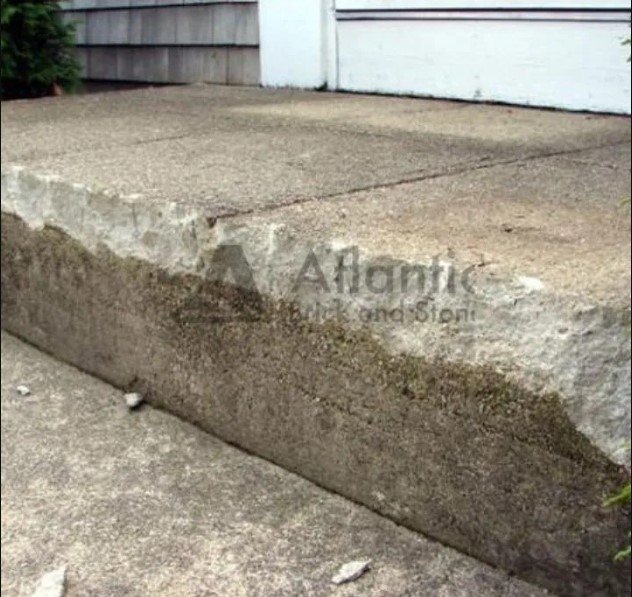Your front cement stoop plays an important role in making a good first impression for visitors and adding aesthetic value to your home. As the structure connecting your home’s entryway to the outside, it undergoes daily wear from foot traffic and weathering over time. This guide will help you understand the need for cement stoop maintenance and repair. You will learn proper cleaning techniques, how to spot common damage signs, and when professional help is recommended to keep your stoop safe and beautiful.

A cement stoop, sometimes called a concrete stoop, is a solid, flat surface usually made of concrete installed at the entrance of a home. It provides an elevated, durable surface for stepping onto as you enter or exit the front door. The stoop is set above ground level to prevent rain and snow from pooling at the entrance. It connects the home’s foundation to the exterior sidewalk or driveway. Cement stoops come in various shapes and sizes but generally include two or more flat concrete steps or platforms leading up to the front door.
The cement stoop plays an important functional and aesthetic role at the front entrance of your home. It endures exposure to weather elements like rain, snow, sun, and temperature swings, along with regular foot traffic. Over time, these factors cause wear and tear on the stoop’s concrete surface and materials. Without proper maintenance and repair, damage can occur that compromises the stoop’s appearance, structural integrity, and safety.
If issues with your stoop are neglected, they can lead to safety and structural risks.
Here are signs that indicate your concrete steps may need repair:
Before starting repairs, inspect the condition of the concrete steps by:
When cracks appear, use concrete crack filler or elastomeric sealant to prevent moisture entry. For small chips, use a bonding agent and concrete patch to match the existing surface. Reseal the stoop once or twice a year with a non-yellowing, water-based concrete sealer to protect against deicing salts and weathering damage. Addressing issues promptly can extend the repair cycle significantly.
To shield concrete from freeze-thaw cycles, apply an integral water-proofer or concrete fortifier when mixing new cement. For existing surfaces, resealing prevents water infiltration. Minimize salt and chemical deicers, and promptly wash away residue. Consider alternative melting methods like sand or kitty litter. Using a plastic shovel blade insert prevents surface abrasion during snow removal.
While some maintenance can be DIY, extensive repairs should be left to professionals. Call a contractor if you notice:
Benefits of professional concrete repair services include:
Atlantic Brick and Stone provides quality brick, stone, and cement stoop installation and repair services in Fredericton, NB, since 2009. Our masons and bricklayers expertly repair all types of damage using proper materials and techniques for durable, lasting results. Whether a simple patch or extensive resurfacing, our team takes pride in precision methods and excellent customer service. Contact us for a free estimate to restore your cement stoop or any masonry project.
With proper maintenance and timely repairs, a cement stoop can withstand weathering and wear for years. Keeping it in good condition protects your home’s foundation, ensures functional access, and enhances curb appeal. Addressing issues promptly preserves the aesthetics and extends the lifespan of this indispensable outdoor structure. When extensive restoration is required, rely on qualified masonry and concrete contractors. Following the techniques for cleaning, sealing, minor repairs, and professional assistance allows you to care for your stoop, taking pride in the structural integrity and aesthetics of your entrance.
GET STARTED
Create stunning structures with our residential and commercial masonry services in Fredericton. From meticulous designs to the completed build, our process is professional and rewarding, and we can’t wait to build your dream with you.
Atlantic Brick and Stone, one of the best masonry contractors in Fredericton, NB
Contact
8 Muskie Street, Lower Kingsclear, New Brunswick E3E 0E7, Canada